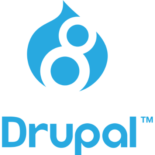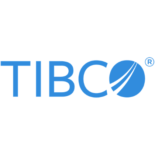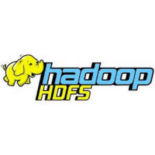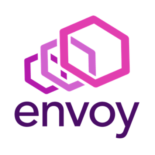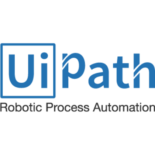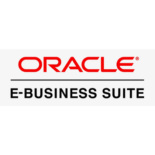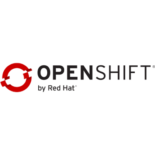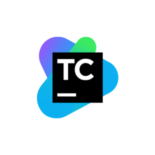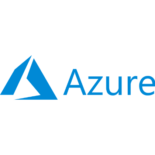Main benefits
- Adaptation of the Bank’s environment to the standards of the PSD2 directive through the implementation of standardized APIs.
- Flexibility in implementing business requirements thanks to the use of BlueSoft solutions at the core of the project.
- Smooth inclusion in the Bank’s processes and introduction of appropriate visualization in line with the Bank’s CI, thanks to full control over the software code.
- Openness to changes and customizations required by the Bank, including a ‘tailor-made’ hybrid architecture.
- Possibility of using the Agama API not only to meet the needs of PSD2 but also for other commercial business solutions, enabling secure access to the bank’s internal network.

Challenge
On September 14, 2019, the update to the EU PSD2 directive entered into force. It introduced significant regulations to the payment services market, and thus the activities of, among others, banks, payment institutions and other non-banking payment service providers.
The introduction of these necessary changes was associated with the development of appropriate operating protocols and a change in the way the client operates. The integration of new solutions into the current banking structures allowed adapting the system to further development and compatibility with microservices. An important element of introducing changes was keeping the deadlines imposed by the directive and ensuring the stability of the implemented solutions.
An additional challenge was combining the regulatory needs of PSD2 and the commercial channel in such a way that work on changes or new services would not interfere with the implementation of changes in other projects.
Solution
BlueSoft proposed the use of a tailor-made API Management platform enabling comprehensive management of the services provided and offering a high level of communication security, which is extremely important in banking.
The platform is based on the Java programming language, which allowed minimizing the variety of technologies used. Modularity gives engineers the freedom to modify solutions, adapt them to the customer’s existing systems, and optimize the total cost of production. Conceptually, the solution was based on the Agama API framework.
In the commercial context, a Billing module was implemented to enable automatic generation of statements and invoice batches, depending on the number of calls made and the selected rate of the plan (subscription) for a specific service.
Result
BlueSoft started implementing the solution at the turn of 2017/2018 with the implementation in the Sandbox environment. Thanks to this approach, institutions referred to as TPP could prepare their software in advance before integrating it with the production environment.
Subsequent iterations of the product and its constant development allowed the implementation of the ready solution long before the deadline imposed by the legislator.
The flexible solution made it possible to adjust the bank’s processes to the requirements of the PSD2 directive. The modular and flexible structure of the platform enabled easy adaptation of the final version in line with the customer’s requirements, exceeding those described in the directive.
The use of an agile approach in the implementation of this project resulted in uninterrupted development work on the part of both BlueSoft and the client, as well as maintaining a stable test version from the first iteration.
The cooperation between the representatives of Santander Bank Polska and the key employees of BlueSoft led to the effective introduction of tailored solutions within the imposed timeframe, and the original activities launched long-term cooperation.
Competence centers that participated in the project
System integration – Free flow of data between systems





























